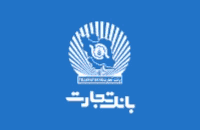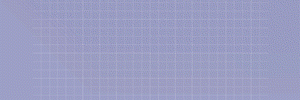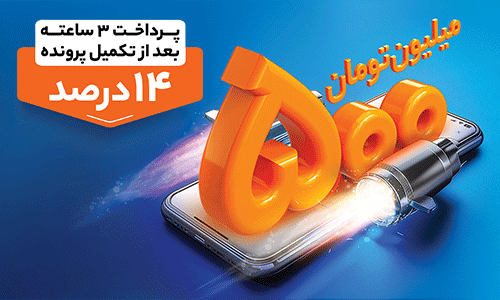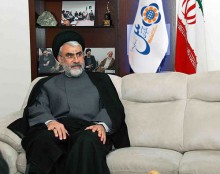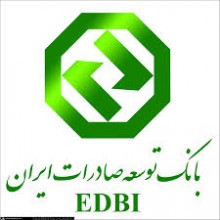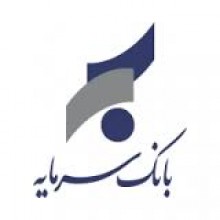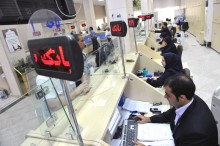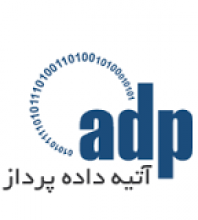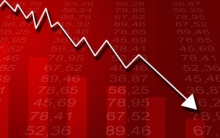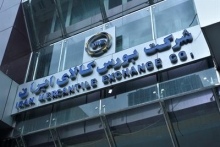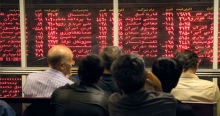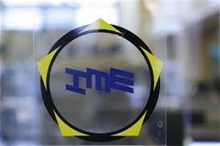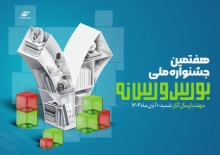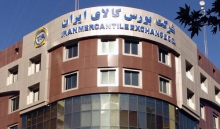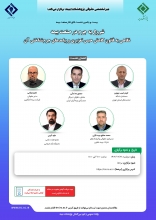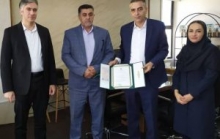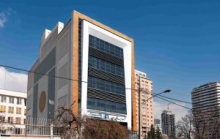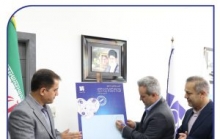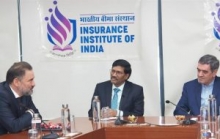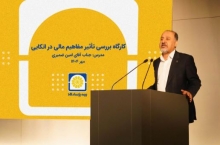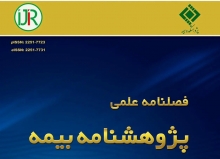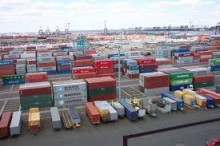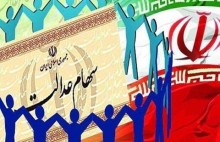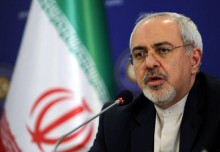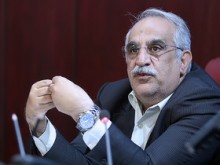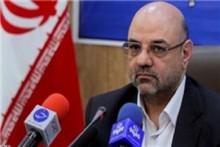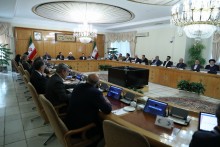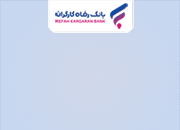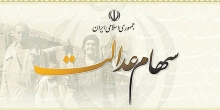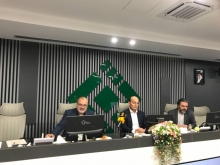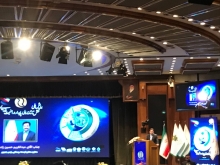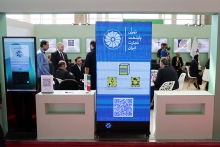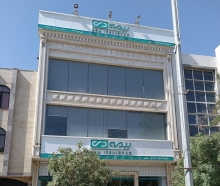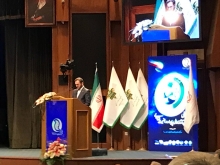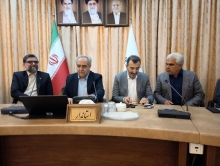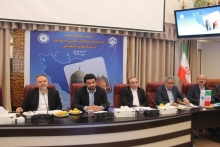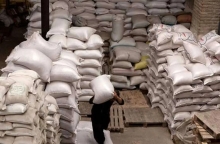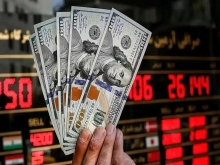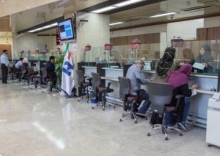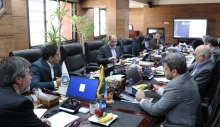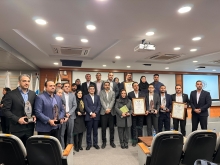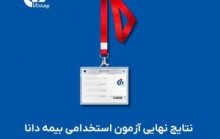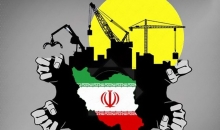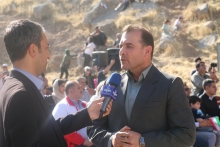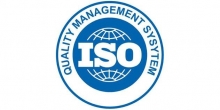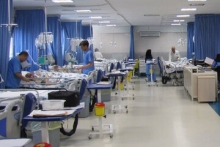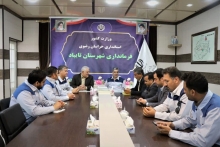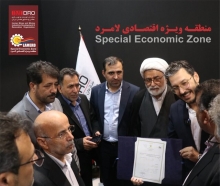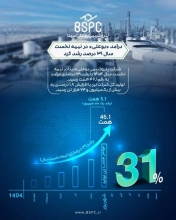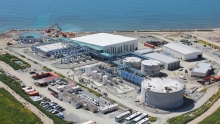تأثیر شوک نااطمینانی اقتصاد کلان بر ضریب نفوذ بیمه در ایران
تأثیر شوک نااطمینانی اقتصاد کلان بر ضریب نفوذ بیمه در ایران
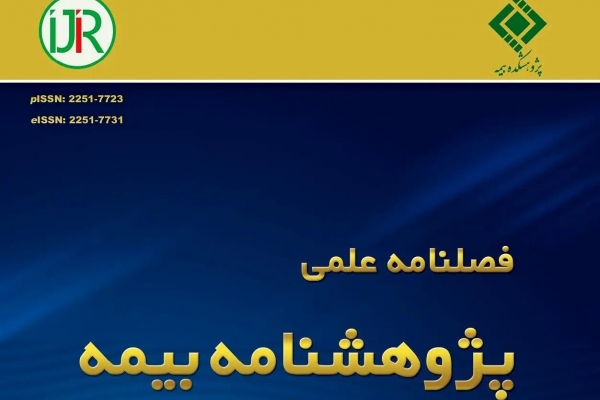
به گزارش دیوان اقتصاد،
نوع مقاله : مقاله پژوهشی
نویسندگان
1 دانشجوی دکتری، گروه مدیریت، واحد همدان، دانشگاه آزاد اسلامی، همدان، ایران
2 استادیار، گروه علوم اقتصادی، دانشکده علومانسانی و اجتماعی، دانشگاه کردستان، سنندج، ایران
3 دانشیار، گروه علوم اقتصادی، دانشکده علومانسانی و اجتماعی، دانشگاه کردستان، سنندج، ایران
4 دانشجوی دکتری، گروه علوم اقتصادی، دانشکده علومانسانی و اجتماعی، دانشگاه کردستان، سنندج، ایران
https://doi.org/10.22056/ijir.2025.04.05
چکیده
پیشینه و اهداف: صنعت بیمه یکی از بخشهای اساسی ساختار اقتصادی هر کشور، نقش مهمی در مدیریت ریسکهای مختلف زندگی فردی، خانوادگی و کسبوکارها ایفا میکند. بیمه با فراهم کردن پوششهای بیمهای، سرمایهگذاران و فعالان اقتصادی را در مقابل خطرات احتمالی محافظت و به تثبیت و پایداری اقتصادی کمک میکند. در کشورهایی که نااطمینانی در آنها بالاست و شرایط اقتصادی پرنوسانی دارند، تمایل افراد و شرکتها برای بهرهگیری از خدمات بیمه افزایش مییابد، زیرا بیمه ریسکهای مالی و عملیاتی را کاهش میدهد و امکان مدیریت بهتر داراییها و درآمدها را فراهم میآورد. بیمه، نهتنها یک ابزار مالی، بلکه عاملی مهم در تثبیت اقتصاد ملی و کاهش اثرات شوکهای ناگهانی به شمار میرود. در این راستا، بررسی تأثیر عوامل مختلف اقتصادی، بهویژه نااطمینانیهای اقتصاد کلان بر ضریب نفوذ بیمه، از اهمیت ویژهای برخوردار است. هدف اصلی این پژوهش، تحلیل تأثیر شوکهای نااطمینانی اقتصاد کلان بر ضریب نفوذ بیمه در ایران است.
روششناسی: در این مطالعه از شاخص نااطمینانی اقتصاد کلان که جدید و جامع است، بهعنوان ابزار اصلی اندازهگیری نااطمینانیها استفاده شده است. این شاخص براساس هفت گروه از مهمترین متغیرهای اقتصادی ساخته شده است که شامل نرخ بهره، تورم، نرخ ارز، قیمت نفت، شاخص بازار سهام، نرخ بیکاری و تولید ناخالص داخلی میشود. دورة زمانی تحقیق از سال ۱۳۶۹ تا ۱۴۰۰ است که دادههای مربوط به هر دو متغیر نااطمینانی و ضریب نفوذ بیمه در آن جمعآوری شده است. برای تحلیل و بررسی رابطه میان این متغیرها، از مدل خودرگرسیون برداری ساختاری (SVAR) استفاده شده است؛ این مدل قابلیت تشخیص و تحلیل شوکهای تصادفی هر متغیر را میدهد و اثرات بلندمدت و کوتاهمدت آنها بر ضریب نفوذ بیمه را ارزیابی میکند.
یافتهها: نتایج نشان میدهد که شاخص نااطمینانی اقتصاد کلان، تأثیر مثبت و معناداری بر ضریب نفوذ بیمه دارد. بهعبارتدیگر، هرچه نااطمینانی و عدم قطعیت در اقتصاد افزایش یابد، تمایل افراد و مؤسسات به خرید محصولات بیمهای نیز بیشتر میشود. براساس تحلیلهای انجامشده، تکانههای این شاخص در بلندمدت به افزایش ضریب نفوذ بیمه منجر میشود. همچنین، تجزیة واریانس نشان میدهد که در دورة دهم، حدود ۷۳/۳۰ درصد از تغییرات در ضریب نفوذ بیمه را نااطمینانیهای اقتصاد کلان تبیین میکند. تحریمهای اقتصادی و ریسکهای سیاسی نقش منفی و معناداری در کاهش ضریب نفوذ بیمه دارند. درحالیکه عواملی مانند سرمایهگذاری مستقیم خارجی، عدم قطعیت قیمت نفت و سرمایة انسانی، اثر مثبت و معناداری بر آن دارند.
نتیجهگیری: با توجه به یافتههای پژوهش، در شرایطی که نااطمینانی اقتصادی در کشور بالاست، مردم و فعالان اقتصادی تمایل بیشتری به خرید و استفاده از محصولات بیمهای نشان میدهند، زیرا بیمه بهعنوان یک ابزار حیاتی در مدیریت ریسک میتواند در مواجهه با حوادث غیرمنتظره، بحرانهای اقتصادی و نوسانات قیمتها، داراییهای افراد و شرکتها را محفوظ نگه دارد. بنابراین، سیاستگذاران اقتصادی باید با شناخت دقیق این روابط، استراتژیهایی را برای حمایت و توسعة صنعت بیمه در راستای کاهش اثرات منفی نااطمینانیها و تقویت ثبات اقتصادی تدوین و اجرا کنند.
کلیدواژهها
موضوعات
عنوان مقاله [English]
Impact of macroeconomic uncertainty shocks on insurance penetration in Iran
نویسندگان [English]
- Zaniyar Ghorbani 1
- Parvin Alimoradi Afshar 2
- Ali Fegheh Majidi 3
- Zanko Ghorbani 4
1 PhD Student, Department of Management, Hamedan Branch, Islamic Azad University, Hamedan, Iran
2 Assistant Professor, Department of Economic Sciences, Faculty of Humanities and Social Sciences, University of Kurdistan, Sanandaj, Iran
3 Associate Professor, Department of Economic Sciences, Faculty of Humanities and Social Sciences, University of Kurdistan, Sanandaj, Iran
4 PhD Student, Department of Economic Sciences, Faculty of Humanities and Social Sciences, University of Kurdistan, Sanandaj, Iran
چکیده [English]
BACKGROUND AND OBJECTIVES: The insurance industry constitutes a fundamental pillar in the economic infrastructure of any nation, fulfilling a critical function in the systematic management of diverse risks encountered by individuals, households, and businesses. By providing comprehensive insurance coverage, this sector safeguards stakeholders against potential financial losses arising from unforeseen events, thereby actively contributing to economic stabilization and long-term sustainability. In economies characterized by elevated uncertainty and volatile conditions – such as those experiencing frequent macroeconomic shocks or political instability – the propensity for individuals and firms to utilize insurance services demonstrably increases. This heightened demand stems from insurance's efficacy in mitigating both financial exposure (potential asset devaluation or income loss) and operational risks (business continuity threats). Consequently, insurance transcends its role as a mere financial instrument and emerges as a pivotal mechanism for national economic stabilization and a vital buffer against sudden adverse shocks.
Within this context, rigorous analysis of the influence exerted by key economic determinants – particularly macroeconomic uncertainty – on the insurance penetration rate (measured as the ratio of total insurance premiums to Gross Domestic Product, GDP) assumes paramount importance. A nuanced understanding of this relationship is indispensable for adopting effective economic policies and industry strategies. The primary objective of this research is therefore to conduct a rigorous empirical investigation into the specific impact of shocks originating from macroeconomic uncertainty on the insurance penetration rate within the distinctive and challenging economic landscape of Iran. Iran's economy, marked by international sanctions, significant political risks, volatile oil revenues, and recurrent macroeconomic disturbances, presents a compelling case study for examining how profound uncertainty shapes risk mitigation behaviors through formal insurance channels.
METHODS: This research employs a comprehensive and recent macroeconomic uncertainty index as the primary measurement of uncertainty. This index is constructed based on seven major economic variables: interest rates, inflation, exchange rates, oil prices, stock market indices, unemployment rates, and gross domestic product (GDP). The data spans the period from 1990 (Persian year 1369) to 2021 (Persian year 1400), covering both the uncertainty index and insurance penetration rates. To analyze the relationship between these variables, a Structural Vector Autoregression (SVAR) model is used. The SVAR model is capable of identifying and analyzing the impact of stochastic shocks to each variable and evaluating both short-term and long-term effects on insurance penetration. This methodological approach allows for a nuanced understanding of how macroeconomic uncertainty influences insurance demand over time. Precise identification assumptions, based on economic logic and the specific context of Iran (e.g., the exogeneity of oil price shocks), are incorporated within the SVAR model. These assumptions are vital for distinguishing between endogenous responses (how variables react to each other within the system) and genuine exogenous shocks, thereby ensuring the credibility and interpretability of the causal inferences drawn regarding the impact of uncertainty. This robust methodological approach provides a solid foundation for understanding the transmission mechanisms—how macroeconomic shocks propagate through the Iranian economy—and ultimately influence the demand decisions for insurance coverage by households and firms.
FINDINGS: The results demonstrate a positive and significant relationship between macroeconomic uncertainty and insurance penetration. Specifically, an increase in economic uncertainty correlates with heightened demand for insurance products. This indicates that as uncertainty and volatility in the economy rise, individuals and firms are more inclined to purchase insurance as a risk mitigation instrument. The long-term analysis reveals that shocks to the uncertainty index lead to a sustained increase in insurance penetration. Moreover, variance decomposition results reveal that, in the tenth period (2011-2021), approximately 73.30% of the fluctuations in insurance penetration are explained by macroeconomic uncertainty shocks. The findings also highlight that economic sanctions and political risks negatively and significantly impact insurance penetration, reducing its levels. Conversely, factors such as Foreign Direct Investment (FDI), oil price uncertainty, and human capital development show a positive and significant influence on increasing insurance demand.
CONCLUSION: Based on the study’s findings, it can be concluded that in conditions of high economic uncertainty, individuals and economic practitioners tend to rely more on insurance products. As a critical tool in risk management, insurance helps protect assets during unforeseen events, economic crises, and price fluctuations. Therefore, the policymakers should recognize these dynamics and develop strategic policies aimed at supporting and expanding the insurance sector. Effective policy measures can mitigate the adverse effects of economic uncertainty, reinforce economic stability, and promote broader insurance market development. Understanding these relationships enables policymakers to create targeted interventions that enhance financial resilience and foster sustainable economic growth, especially in uncertain environments such as Iran.
کلیدواژهها [English]
- Insurance Penetration Rate
- Iran
- Structural Vector Autoregression Method
- Macroeconomic Uncertainty
مراجع
نامه به سردبیر
سردبیر نشریه پژوهشنامه بیمه، هرگونه پیشنهاد و انتقاد دیگر نویسندگان و خوانندگان را در خصوص نقد و بررسی این مقاله مندرج در سامانه نشریه را ظرف مدت 3 ماه از تاریخ انتشار آنلاین مقاله در سامانه و قبل از انتشار چاپی نشریه، به منظور اصلاح و نظردهی امکان پذیر نموده است.، البته این نقد در مورد تحقیقات اصلی مقاله نمی باشد.
توجه به موارد ذیل پیش از ارسال نامه به سردبیر لازم است در نظر گرفته شود:
[1] نامه هایی که شامل گزارش آماری، واقعیت ها، تحقیقات یا نظریه پردازی ها هستند، لازم است همراه با منابع معتبر و مناسب همراه باشد، اگرچه ارسال بیش از زمان 3 نامه توصیه نمی گردد.
[2] نامه هایی که بجای انتقاد سازنده به ایده های تحقیق، مشتمل بر حملات شخصی به نویسنده باشند، توجه و چاپ نمی شود.
[3] نامه ها نباید بیش از 300 کلمه باشد.
[4] نویسندگان نامه لازم است در ابتدای نامه تمایل یا عدم تمایل خود را نسبت به چاپ نظریه ارسالی نسبت به یک مقاله خاص اعلام نمایند.
[5] به نامه های ناشناس ترتیب اثر داده نمی شود.
[6] شهر، کشور و محل سکونت نویسندگان نامه باید در نامه مشخص باشد.
[7] به منظور شفافیت بیشتر و محدودیت حجم نامه، ویرایش بر روی آن انجام می پذیرد.
ما را در شبکه های اجتماعی دنبال کنید.
کانال تلگرام دیوان اقتصاد صفحه اینستاگرام دیوان اقتصاد
